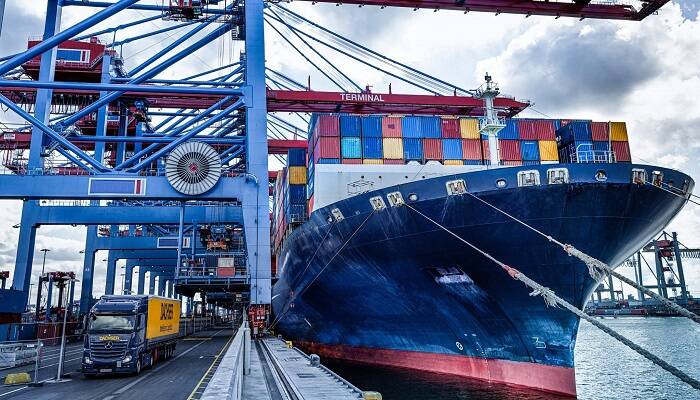The present situation of the worldwide shipping industry remains complex as container rates are going through a significant decline, with contract rates inching towards spot rates. The trend happens to be pretty evident across different regions, such as Southeast Asia and China. In spite of a decline in container rates, there is consistency in terms of weak demand because of global inflation and also restricted demand, which has further led to a prominent drop when it comes to freight prices.
The long-term outlook when we talk about the shipping sector looks to be uncertain, as the slow market pickup in China and lower North European consumer demand are suggestive of a continuous struggle for the shipping industry.
When we talk of major ports in Asia like Singapore, Shanghai, and Ningbo, the container prices have declined steeply over the past year, which further suggests that the present scenario may continue to exist for some time.
Besides this, the plummeting exports to the US as well as the EU last year teamed with the surge in Russian trade may have very well resulted in a shift in patterns and also trade routes. Though there was a trade surplus which was witnessed in China last year, it was largely because of strong growth in exports in quarter 1, which gradually declined as the year went by.
It is well to be noted that the slow pace of outbound container volumes as well as exports is anticipated to continue through the first quarter of this year too. According to one of the co-founders of a leading online platform for container logistics, these trends in containers happen to be an important yardstick when it comes to worldwide trade and economic progress, and the fact is that the current market trends appear to be pretty bleak.
Apparently, container and leasing rates are lowering with the worldwide shipping sector seeing a freefall in container costs. The blank sailings have not been able to keep the sliding prices in check, and the mid-term industry outlook is indicative of a slowdown in container trade from Asia to America and Asia to the EU path.
That said, the contract rates happen to be closer to spot rates, pointing to a lack of demand for long-term associations, which can be linked to market uncertainty.
The intra-Asian trade is showing resilience of a sort with comparatively better container demand. Nevertheless, the mid-term outlook does not show the demand rising to the high levels that were witnessed in 2020 and 2021, except for the fact that there could be a possible inventory replenishment cycle, which may to some extent bring out container demand.
The plummeting rates as well as increased container availability in certain regions of the world suggest weak demand, leading to slower economic growth.
In totality, the worldwide shipping industry is in a precarious situation because of a freefall in container rates, weak demand, and a shift in trade routes. Although a rebound is expected in the shipping sector, the present outlook is indeed uncertain.


































